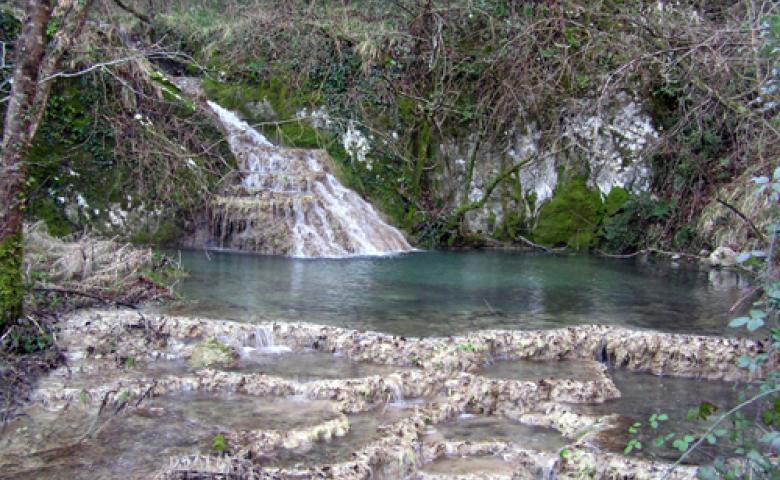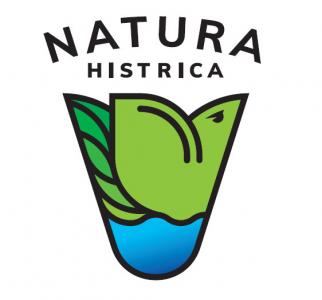Significant landscape Labin, Rabac and Prklog Cove
Labin-Rabac Tourist Office & Natura Histrica
This significant landscape was protected in 1973 and covers an area of about 1286 hectares, all of which exceptional in terms of landscape and aesthetics. The eastern part of the Istrian coast is well indented with numerous picturesque coves and those of Rabac and Prklog stand out for their beauty.
Both represent extensions of former stream valleys, while today surface waters mostly occur as torrents. In places where limestone appears in the flysch series, interesting carbonate rock formations are formed, such as cliffs and canyons (rocks on the way to Rabac and the like). When we head inland, we pass through rich and well preserved forests and maquis of holm oak (Quercus ilex). Further inland, holm oak forests gradually give way to deciduous forests of downy oak and black hornbeam. In addition to the mentioned forest areas, there are significant planted pine forests and grasslands. In isolated localities within the significant landscape, we find some rare and endangered plant species.
The diversity of flora and vegetation is the result of its peculiar position at the meeting point of local climatic influences. Although the area of significant landscape is dominated by carbonate rocks that are typical of karst areas otherwise poor in surface flows, the Pećina watercourse is one of the exceptions associated with clay deposits and the appearance of several more permanent springs. It is these springs that were captured in the past and used for the water supply of Labin and Rabac. The occurrence of travertine is especially interesting. It is formed by the process of travertinisation, where calcium carbonate, deposited on the moss-covered surfaces, forms spongy, organic and yellowish material with large amounts of organic residues that give it colour and a layered structure.



